The sharp fuel price hike overnight has led to predictable howls of protest. Television screens have been inundated with images of folks railing against the government - and of opposition politicians demanding a rollback of the price hike.
The pain at the pump is of course for real, particularly given the background of galloping inflation that has effectively shrunk household incomes. And there is merit in the argument that much of the pain being transmitted to the common folk is the result of economic mismanagement by the UPA II government.
And, yes, the failure to raise retail prices of diesel and kerosene, which are subsidised heavily, skews the equation - to the point where, for instance, two-wheeler riders are cross-subsidising diesel SUV owners - and feeding marketplace malpractice, with kerosene being diverted from PDS outlets and used to adulterate petrol.
Yet, what the made-for-television outrage of politicians and plebeians fails to acknowledge is that if you look at the overall universe of energy subsidies in India - including on LPG and diesel and kerosene - the urban rich and the middle-class benefit disproportionately from the subsidy regime, which is ineffective in targeting subsidies at the intended beneficiaries.
It also perpetuates the “false economics” myth that subsidies shield the poor and that any reform of the subsidy regime - by, for instance, aligning energy costs close to market price - works against the interest of the indefinable “aam aadmi”.
Take the case of the LPG, for instance: if it were to be sold at the “market price” - which is the sum of the refiner gate price, transport charges and marketing margins paid by OMCs - it would cost about Rs 750 a cylinder. Yet, because of government subsidy (of the order of Rs 25 per cylinder) and burden-sharing by upstream NOCs and downstream OMCs (of the order of about Rs 325), we get it for less than Rs 400. Yet, we feel we’re “entitled” to it - and if the government raises LPG prices next week, as it inevitably will, we’ll scream bloody murder.
Although these subsidised LPG cylinders are meant only for household use, given the vast difference between the price of domestic and commercial LPG introduces a marketplace dynamic, where these cylinders are diverted for commercial usage.
What this means is that the urban household is effectively subsidising commercial users of LPG; and in turn, urban householders are being subsidised by the government, and oil marketing companies. But the transmission mechanism works in such a way that the eventual cost is borne by everyone, including the poor. Everyone pays for the government’s profligacy, through higher taxes or inflation. In that narrow sense, the poor too are effectively cross-subsidising the urban middle class and the rich, which is a perversion, but one that we choose to ignore.
Likewise, with diesel and kerosene. Nearly 40 percent of the kerosene allocated for PDS at subsidised prices (ostensibly to “shield the poor”) is diverted away, and used to adulterate transport fuels. In effect, only crooks and black marketeers benefit from the government’s subsidy intended for the poor. As for diesel, the mispricing has skewed its usage disproportionately towards private vehicles, not public transport - the intention that underlies the subsidies. Again, for all the good intentions behind the subsidy regime, the intended beneficiaries are in some cases worse off, because they end up pickinga portion of the tab for others who are higher up the ladder of material well-being.
The bottomline is this: price controls and subsidy programs are a burden on government finances, whose costs are eventually borne by all of us. What’s worse is that the benefits don’t accrue to those for whom they were intended. The mispricing only skews the economics of the marketplace, and injects unhealthy trends.
The outrage against the fuel price hike also fails to acknowledge a larger reality: that we are gradually becoming an “entitlement society”. All of us want our own freebies, and if there is pain to be borne, we’d rather have someone else bear it.
There, is of course, a political, polemical point to be made about the UPA II government’s mismanagement of the economy. But that debate should not be allowed to spill over into the apolitical debate over the folly of the well-intended but wholly ineffective energy price subsidy regime. The economics of energy subsidies is complex enough as it is without having “false economics” and politics injected into it.


)




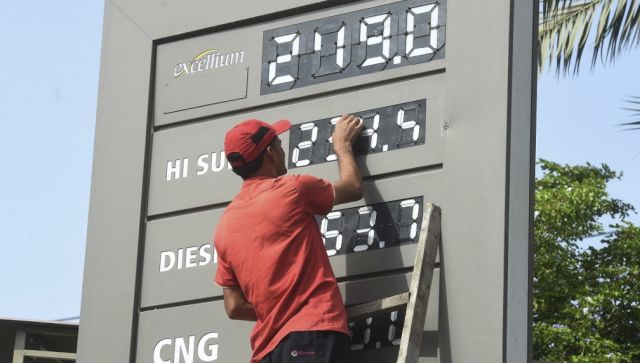)
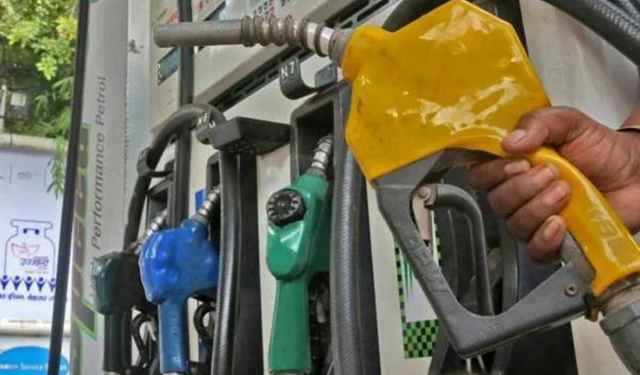)
)
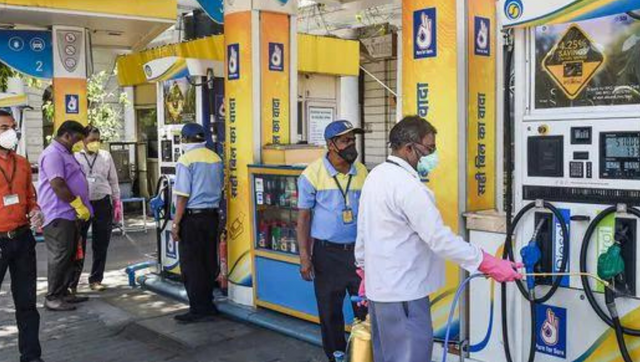)
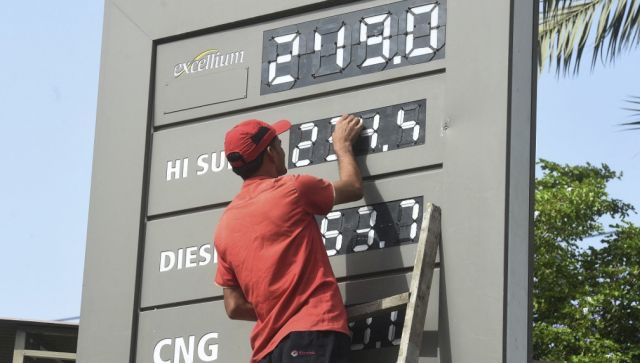)
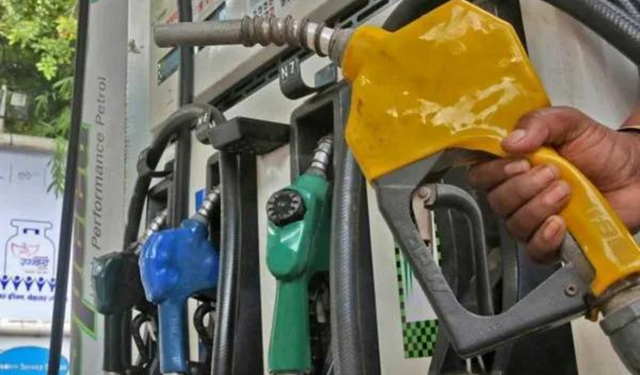)
)
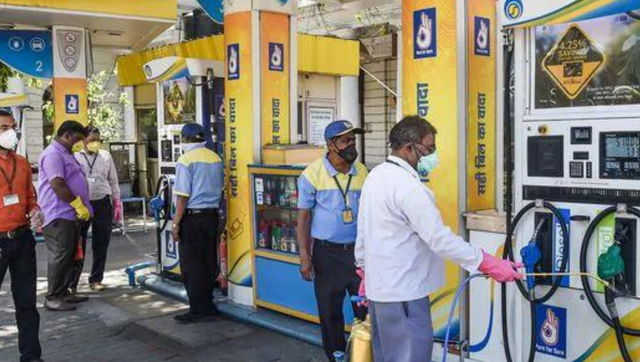)